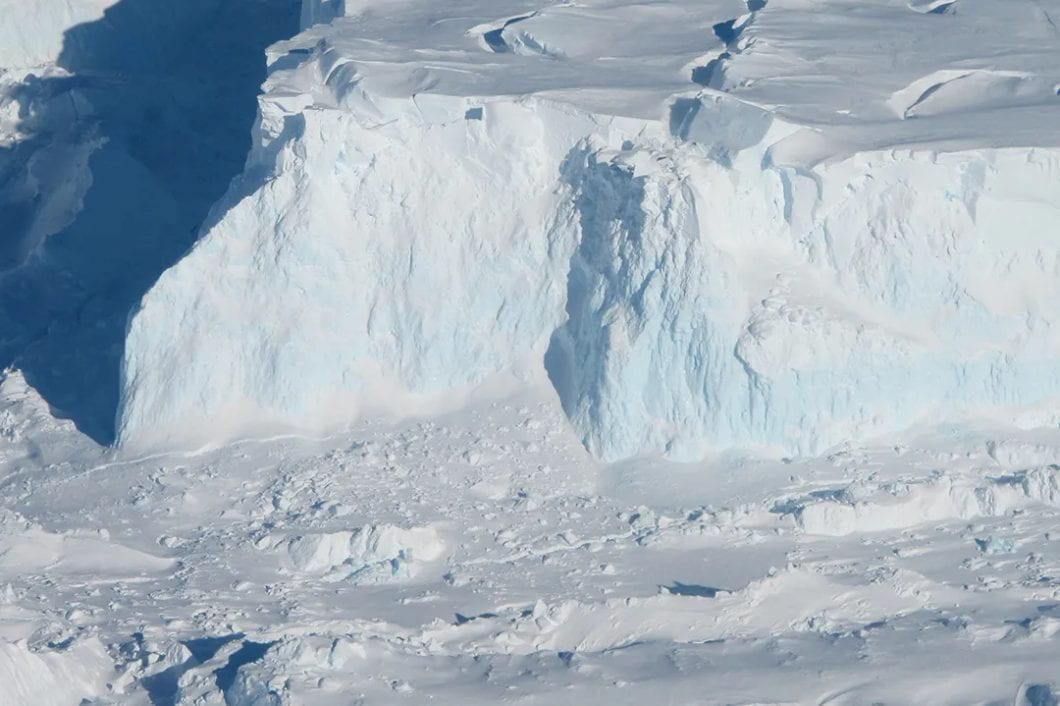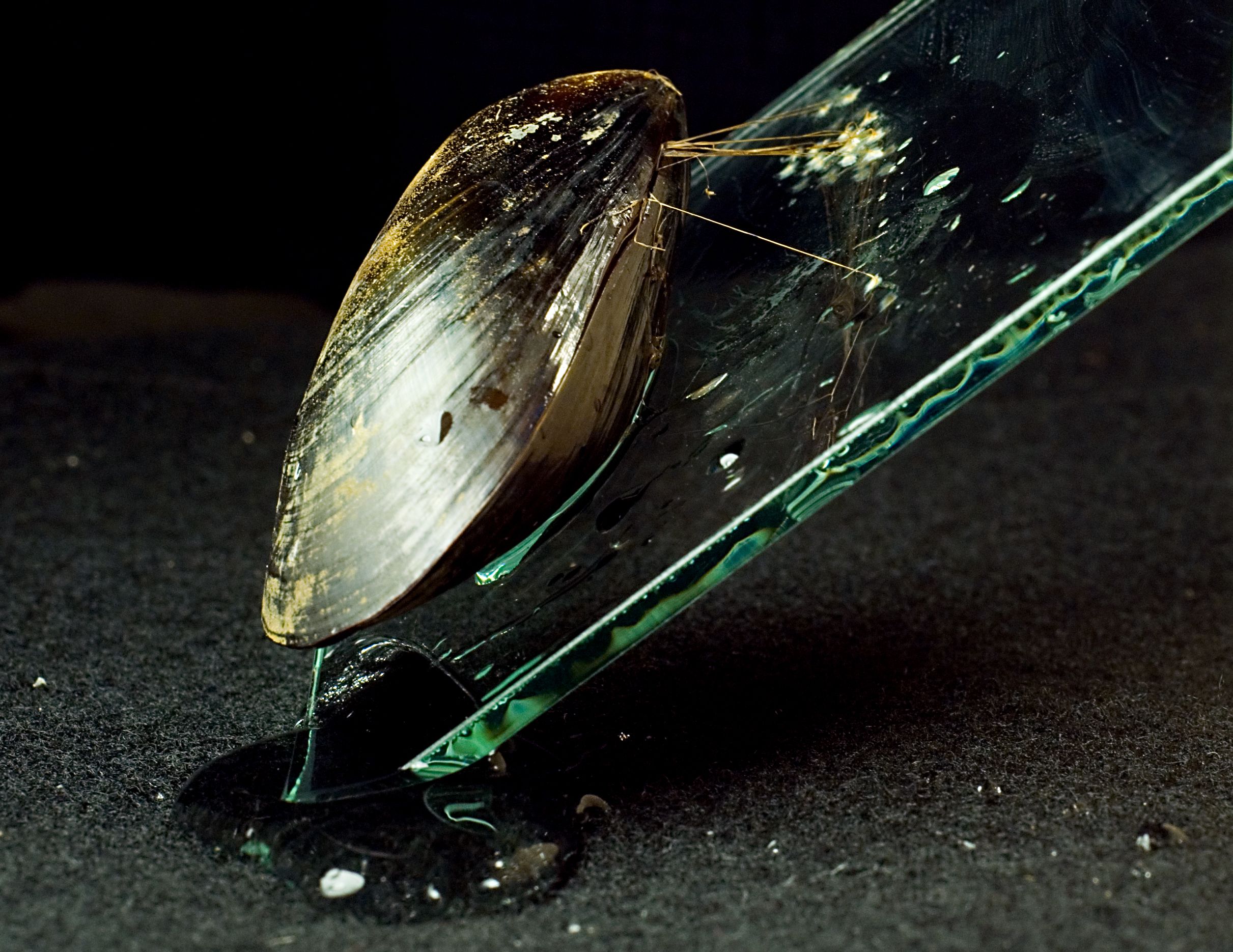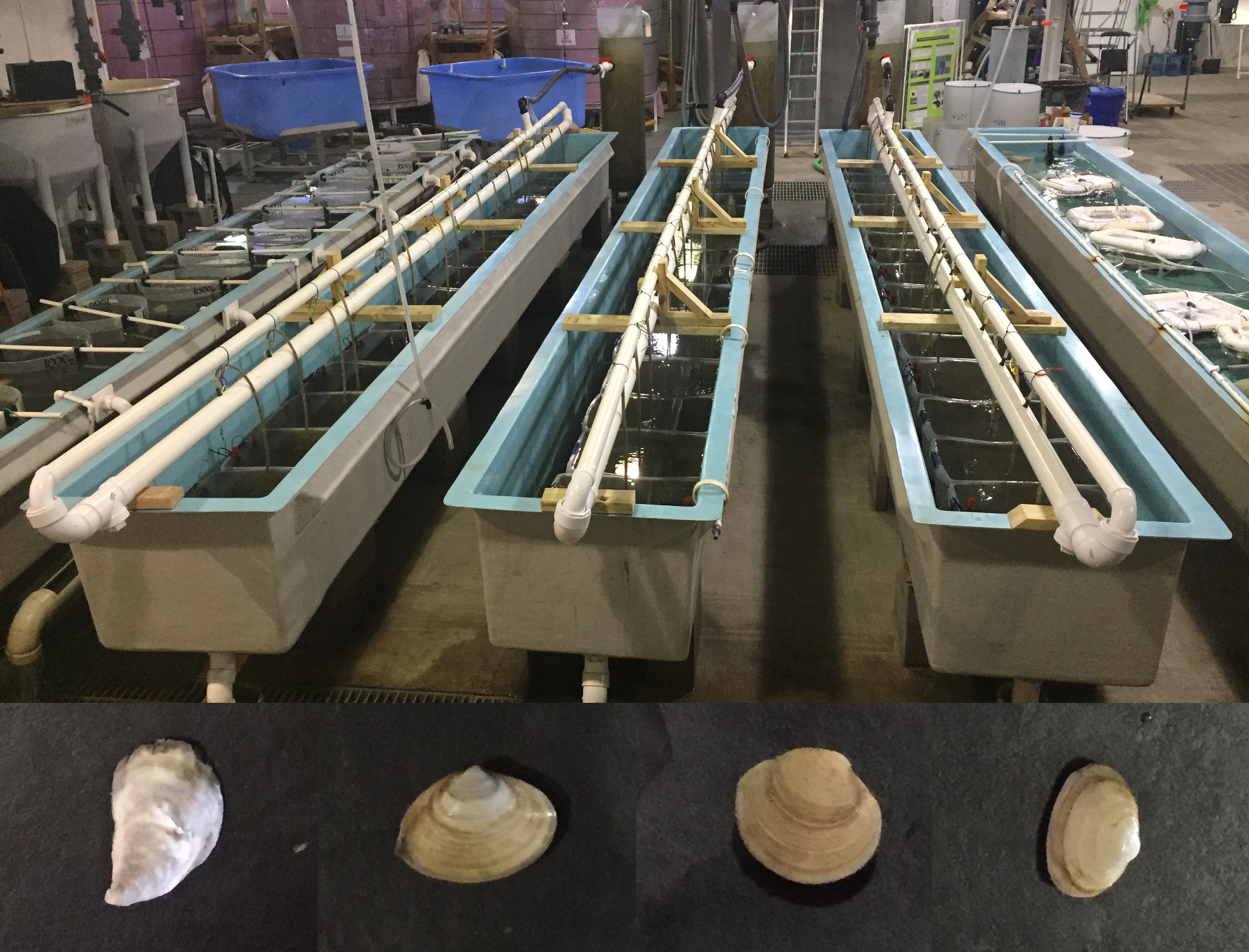KIMM develops seawater-based self-charging energy harvester. Newly developed energy harvester, which is capable of generating 4.2 times more electrical power compared with existing devices, is expected to be used for small-sized equipment such as devices for monitoring ocean environments
Tag: Seawater

UC Irvine-Led Team Uncovers ‘Vigorous Melting’ at Antarctica’s Thwaites Glacier
A team of glaciologists led by researchers at the University of California, Irvine used high-resolution satellite radar data to find evidence of the intrusion of warm, high-pressure seawater many kilometers beneath the grounded ice of West Antarctica’s Thwaites Glacier.
Ocean currents threaten to collapse Antarctic ice shelves
Meandering ocean currents play an important role in the melting of Antarctic ice shelves, threatening a significant rise in sea levels.
Device ‘smells’ seawater to discover, detect novel molecules
Researchers in ACS Central Science report a proof-of-concept device that “sniffs” seawater, trapping dissolved compounds for analyses. The team showed that the system could easily concentrate molecules that are present in underwater caves and holds promise for drug discovery in fragile ecosystems, including coral reefs.
Light, freshwater sticks to Greenland’s east coast
Greenland meltwater hardly enters open ocean, could disrupt Atlantic circulation
New method for purifying drinking water could be used in disaster zones
Scientists have developed a new method that converts seawater into drinking water that could be useful in disaster zones where there is limited electrical power.
FAU Study Finds Low Salinity Can Work to Culture Popular Florida Pompano Fish
Less than 10 aquaculture farms in the U.S. have been successful in commercially raising and distributing the popular Florida pompano fish. A new study has determined the optimal salinity required to culture fingerlings (juvenile fish) from hatch to weaning under on-farm conditions. Researchers have shown it’s possible to grow this warm water marine species in salinities a low as 10 parts per thousand, which makes it more economic and easier for producers far from the coast to attempt Florida pompano commercial growth.
Simple Process Extracts Valuable Magnesium Salt from Seawater
A new, simple, and efficient flow-based method allows researchers to pull a useful magnesium salt from natural seawater using easily available chemicals.
Sleeping giant could end deep ocean life
A previously overlooked factor — the position of continents — helps fill Earth’s oceans with life-supporting oxygen. Continental movement could ultimately have the opposite effect, killing most deep ocean creatures.
Salt May Be the Key to Life on Earth and Beyond
The composition of the atmosphere, especially the abundance of greenhouse gases, influences Earth’s climate.

Decreased iron levels in seawater make mussels loosen their grip
Researchers reporting in Environmental Science & Technology have shown that mussels form weaker attachments in iron-deficient seawater, revealing a possible consequence of altered iron bioavailability in oceans.

Newer PFAS compound detected for first time in Arctic seawater
Researchers reporting in ACS’ Environmental Science & Technology have studied the transport of 29 PFAS into and out of the Arctic Ocean, detecting a newer compound for the first time in Arctic seawater.

Oysters and Clams Can be Farmed Together
Eastern oysters and three species of clams can be farmed together and flourish, potentially boosting profits of shellfish growers, according to a Rutgers University–New Brunswick study. Though diverse groups of species often outperform single-species groups, most bivalve farms in the United States and around the world grow their crops as monocultures, notes the study in the journal Marine Ecology Progress Series.

Breaking the (SeaFood) Chain
If you want to understand what happens when seawater becomes more acidic, ask an oyster farmer. Specifically, talk to one in the Pacific Northwest. Researchers still aren’t sure how ocean acidification (OA) affects ocean water exactly, but oyster larvae in Washington State are already dying by the billions. Over the next 50 years, OA is predicted to reduce U.